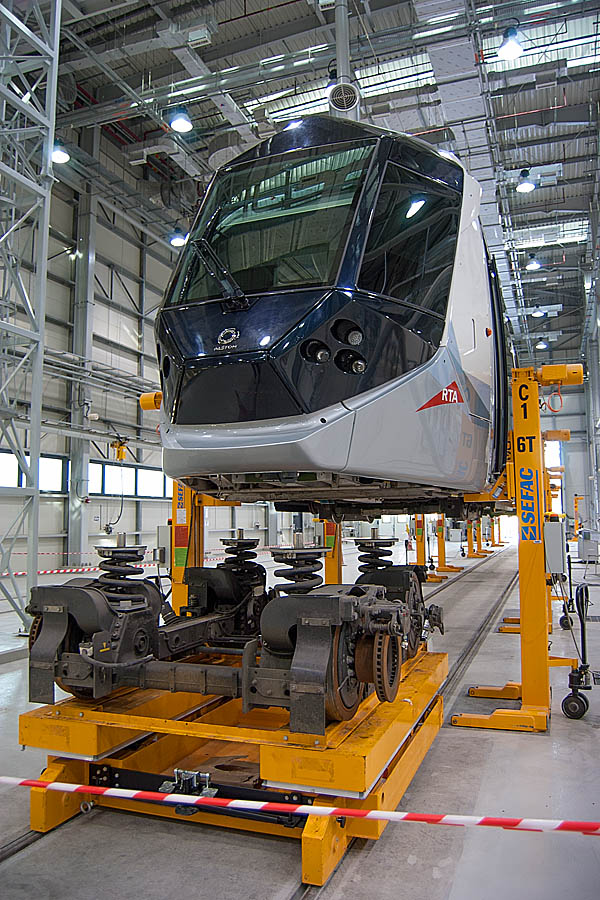A Alstom is one of nearly a dozen equipment manufacturers worldwide that offer low-floor designs for light rail vehicles or streetcars. Low floors make it easier to comply with disabled passenger access requirements in several Western countries, including the U.S. The designs also increase passenger capacity and tend to mesh better with modern urban planning and design. These call for level boarding from platforms and streets for better aesthetics and traffic flow.
Alstom’s then-newest light rail project in Dubai in 2015 incorporated low-floor design by taking electrical equipment that might have been put close to the trucks and under the frame for ease of maintenance – think batteries and power inverters – and put those parts on the roof and in specially sealed cabinets on board.
For examples close by, look no further than in Portland, Ore., and Seattle, with their common 100-percent, low-floor design cars. Cities elsewhere also have low-floor streetcars, but have purchased 50-percent or 70-percent low-floor cars to save money. Streetcar makers who offer this option include Alstom, CAF, Brookville Equipment Corp., and United Streetcar. – Steve Sweeney













